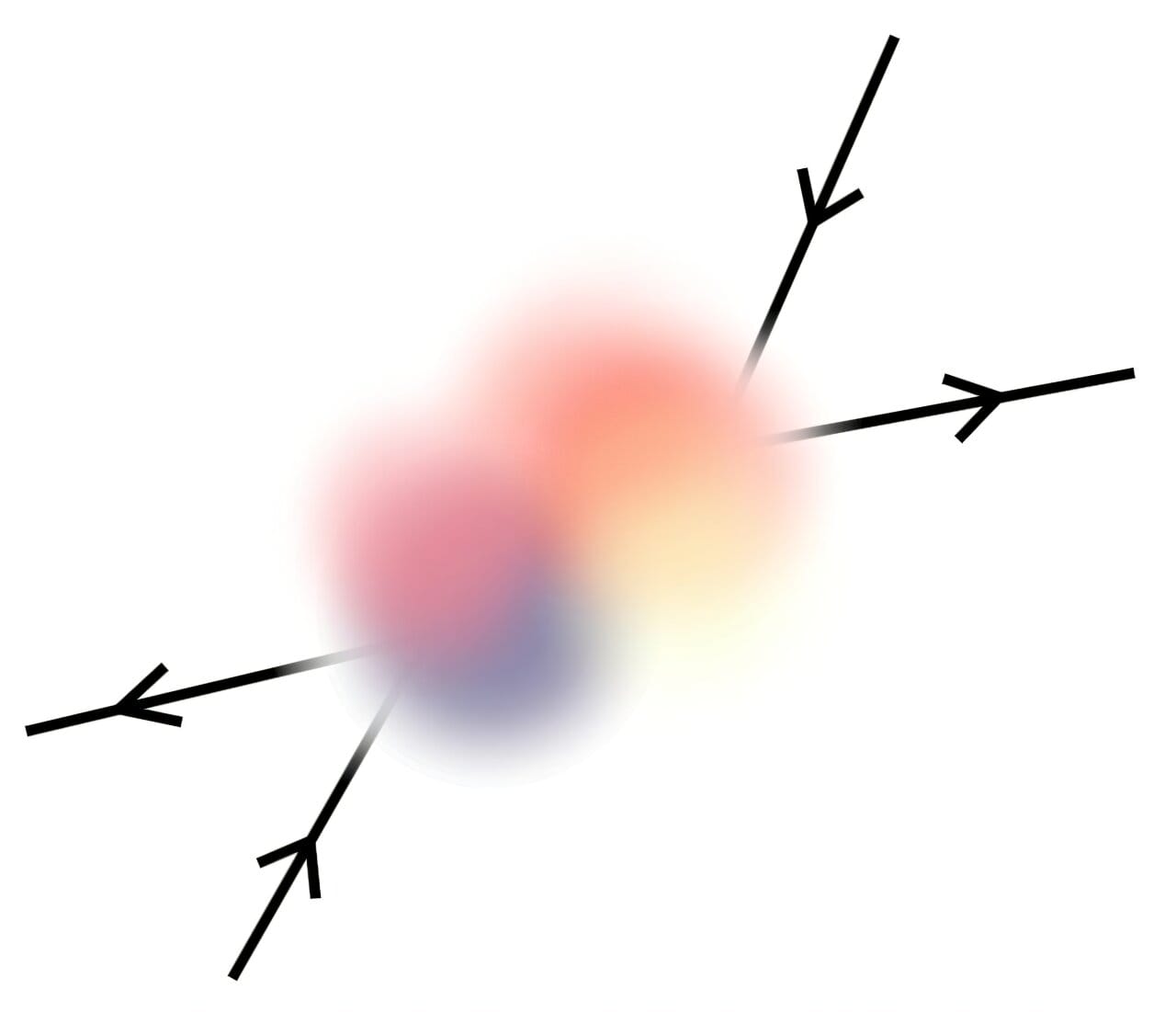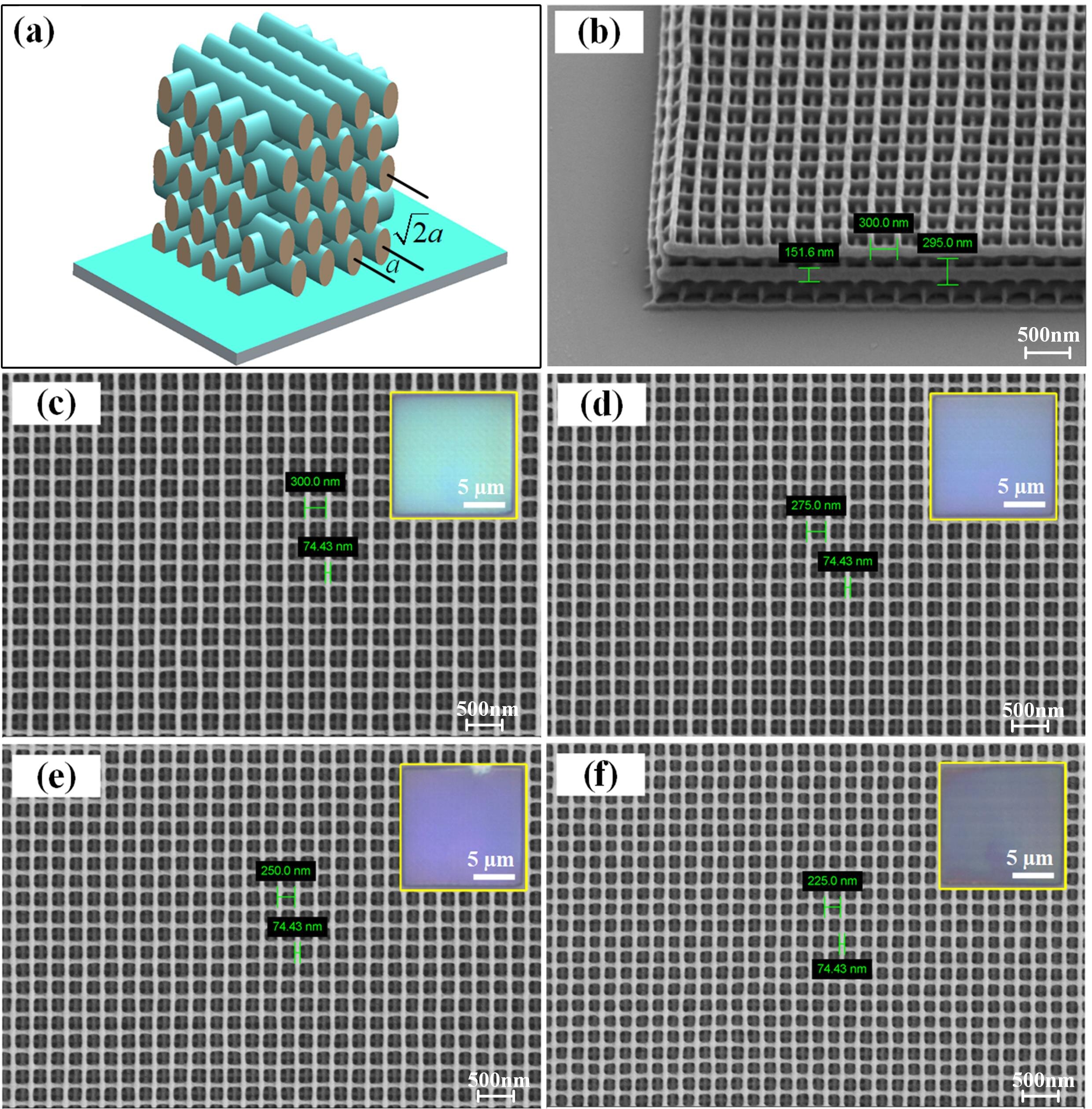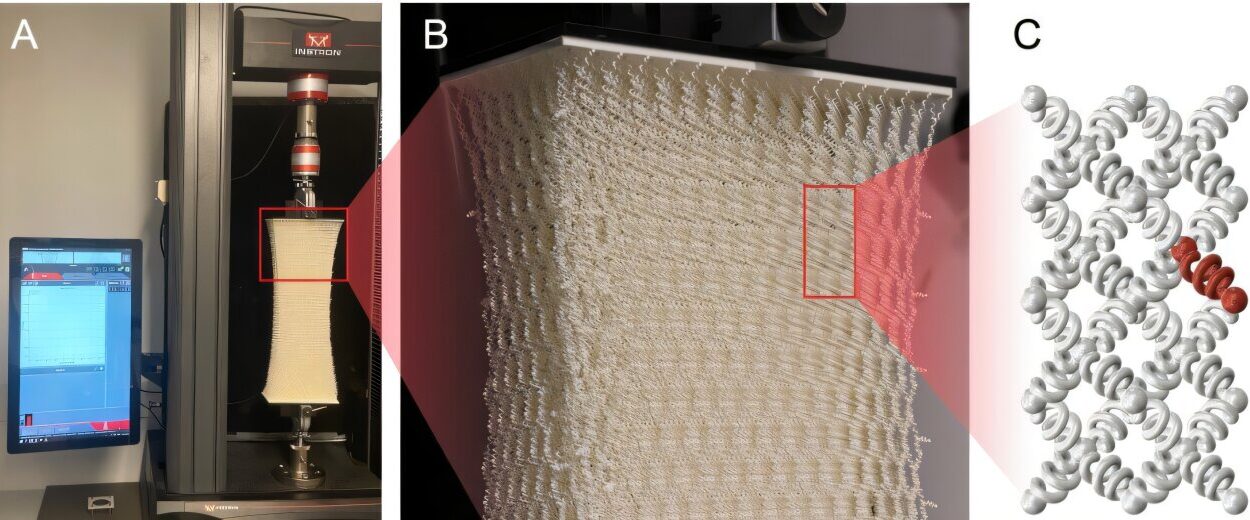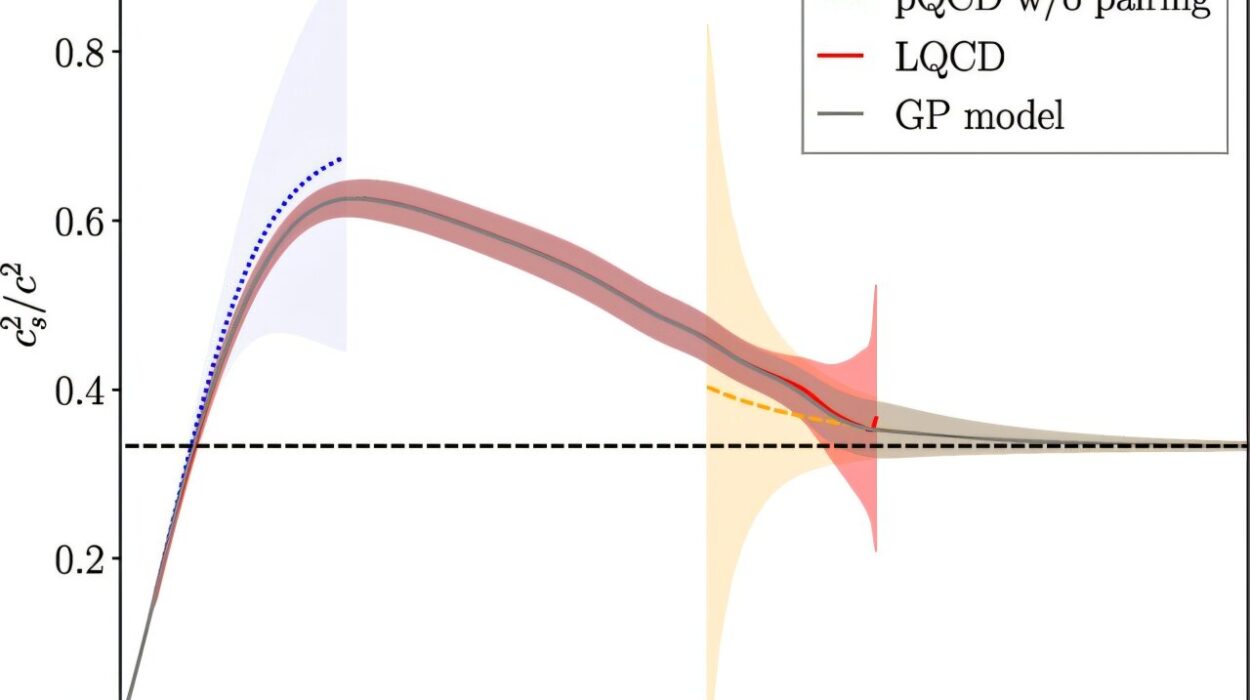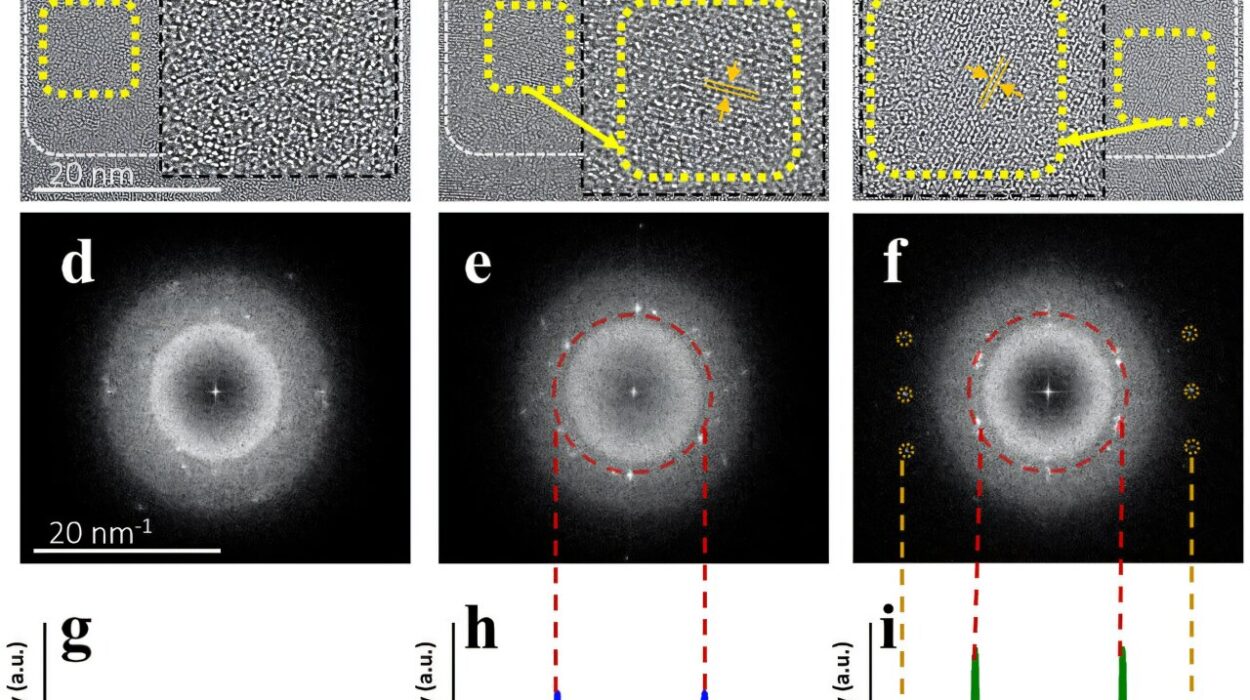Deep within the mysteries of particle physics, a strange and elusive type of particle quietly challenges everything we thought we knew about the universe. Neutrinos—tiny, nearly massless particles—have been a subject of fascination for scientists for decades. Despite being predicted to be massless by the standard model of particle physics, their behavior suggests otherwise. These ghost-like particles, which only weakly interact with matter, are so difficult to study that they’ve earned a reputation as the “wraiths” of the particle world.
Now, the KATRIN (Karlsruhe Tritium Neutrino) experiment, a cutting-edge scientific initiative in Germany, is bringing us closer than ever to uncovering the truth about neutrinos and their mysterious mass. What the KATRIN experiment is discovering could unlock new dimensions of physics, with profound implications for our understanding of the universe.
The Neutrino Enigma: Mass and Oscillation
Neutrinos are everywhere—thousands of them pass through your body every second, mostly from the Sun. Yet, for all their abundance, these particles have remained difficult to detect due to their incredibly weak interactions with matter. In fact, they only interact with the weak force, one of nature’s four fundamental forces, which makes them almost impossible to “feel” in the way that more familiar particles like electrons or protons do.
For many years, the standard model of particle physics—the theory that describes the fundamental particles and forces of the universe—predicted that neutrinos had no mass at all. However, recent observations of neutrino oscillations—where neutrinos change from one type to another—suggest that these particles must indeed have mass, albeit extremely small. But how much mass, and why they have it, remain unsolved mysteries.
This is where KATRIN comes in. The KATRIN experiment is designed to measure the mass of the electron anti-neutrino with unprecedented precision, using a highly sensitive electron spectrometer at the Karlsruhe Institute of Technology (KIT) in Germany.
The KATRIN Experiment: A New Frontier in Neutrino Research
The KATRIN experiment is not just an ordinary laboratory setup. It’s a large-scale effort, employing cutting-edge instruments to measure the minute energy signatures of electrons emitted during the beta decay of tritium, a radioactive isotope of hydrogen. By studying the resulting electron energy spectrum, KATRIN hopes to extract critical information about the mass of neutrinos, and—possibly—reveal hints of new, uncharted physics beyond the standard model.
In a recent groundbreaking paper published in Physical Review Letters, the KATRIN team reported the results of its second measurement campaign. Although no direct evidence of new neutrino interactions was found, the team set crucial constraints on the potential existence of these elusive interactions, which could indicate new physics beyond what is currently known.
As lead analyst Caroline Fengler put it, “We know that beyond standard model (BSM) physics is hiding in the neutrino sector, but we don’t know what it looks like yet. That’s what motivated us to look for various BSM physics phenomena with KATRIN, such as sterile neutrinos, Lorentz invariance violations, and now, more general neutrino interactions.”
This search for unknown interactions is not just about the neutrinos themselves—it could open the door to entirely new particles and forces. The team is exploring possibilities such as right-handed W bosons, charged Higgs bosons, and Leptoquarks—hypothetical particles that could revolutionize our understanding of the universe if they exist.
The Beta Spectrum: A Window into the Neutrino’s Mass
The key to the KATRIN experiment lies in the analysis of the energy spectrum of electrons produced by tritium beta decay. This beta spectrum, a distribution of electron energies, is shaped by the mass of the neutrino. If the neutrino has mass, it will leave a distinctive imprint on the spectrum, allowing scientists to measure its mass with precision.
Even more exciting, however, is the potential for new neutrino interactions to distort this beta spectrum in ways not predicted by the standard model. This is the “tell” that could point to a wealth of new physics—strange forces and particles that exist just beyond the reach of our current theories.
“General neutrino interactions could cause characteristic shape deformations in the beta spectrum,” Fengler explains. The KATRIN team is on the lookout for these distortions, as they could provide the first direct evidence of new physics lurking within the neutrino sector.
A Glimpse into the Future: A New Era of Discovery
Though the KATRIN team has yet to detect direct signs of these new interactions, their recent results already set competitive constraints on the strength of these potential interactions. With just 5% of the final dataset from KATRIN, they’ve achieved results that rival other low-energy experiments, showcasing the experiment’s power to probe the unknown.
But this is just the beginning. The KATRIN collaboration is only getting started. They’re already planning to extend their data collection and fine-tune their analysis techniques. With the upcoming TRISTAN phase in 2026, KATRIN will explore the existence of keV (kiloelectronvolt) sterile neutrinos—hypothetical particles that could shed new light on the very nature of dark matter. The upgraded detector for this phase will allow for even greater sensitivity, bringing the team closer to discovering new interactions and particles that could revolutionize physics as we know it.
As Fengler puts it, “We are already working on further improving our sensitivity to general neutrino interactions with KATRIN. With the beginning of the upcoming TRISTAN phase in 2026, we will gain access to another powerful data set that promises to greatly improve our sensitivity in the future.”
Neutrinos and the Future of Physics
The KATRIN experiment is more than just an attempt to measure the mass of neutrinos. It’s a window into a new era of discovery—a frontier where new forces and particles could be waiting to be found. With each measurement, KATRIN brings us one step closer to understanding the most elusive particles in the universe, and perhaps discovering entirely new physics that could forever change our understanding of the cosmos.
In the pursuit of understanding neutrinos, the universe might just be hiding secrets that could take us far beyond the confines of the standard model, into a realm where new particles, forces, and even dimensions could await. The hunt for the mass of neutrinos, and for what lies beyond the standard model, has only just begun.
Reference: M. Aker et al, First Constraints on General Neutrino Interactions Based on KATRIN Data, Physical Review Letters (2025). DOI: 10.1103/PhysRevLett.134.251801
